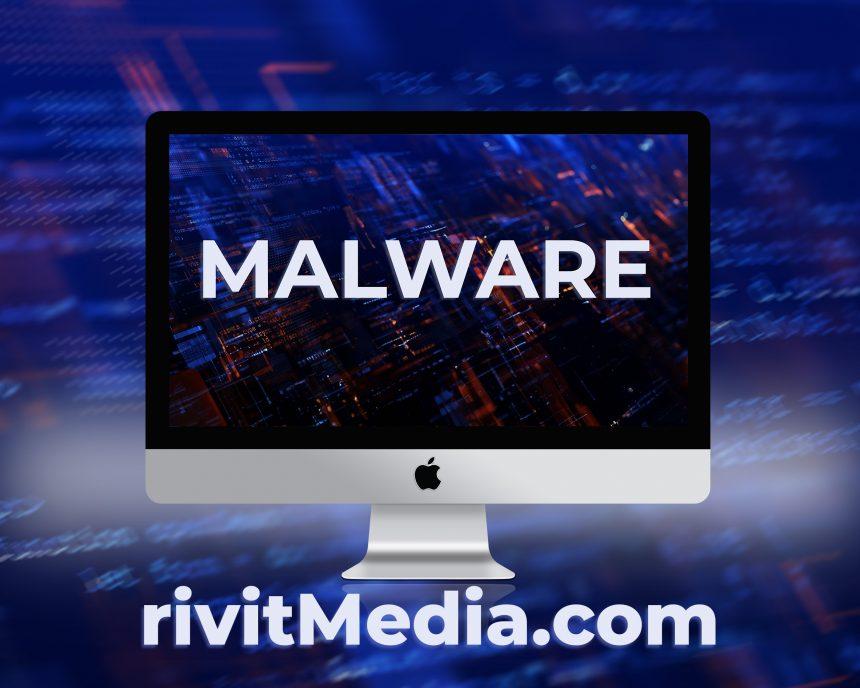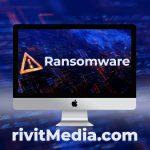NSudo, a legitimate Windows component, has fallen prey to exploitation by cybercriminals, posing a unique threat to system security. Initially designed to empower users with elevated administrative privileges for system management, NSudo has been manipulated by malware creators, resulting in the emergence of Win64/NSudo!MSR. This malware leverages NSudo’s capabilities to run unauthorized processes with elevated permissions, leading to potential system compromise and data breaches.
Threat Overview
Win64/NSudo!MSR capitalizes on NSudo’s functionalities, allowing malicious activities to operate with escalated administrative access. This exploitation opens gates to various damaging actions, including the installation of additional malware, unauthorized system alterations, and potential data compromise. The ability to bypass regular user access controls makes this threat particularly concerning as it can execute harmful processes without hindrance.
Similar Threats and Detection Names
Similar threats exploiting legitimate system components include:
- Win64/Syswow64!MSR
- Win32/Taskmgr!MSR
- Win64/Regedit!MSR These threats employ legitimate system utilities (Syswow64, Task Manager, Registry Editor) to execute malicious activities, challenging traditional detection methods.
Preventive Measures
- Security Software: Maintain robust antivirus/antimalware solutions and ensure regular updates.
- Software Updates: Keep OS and applications updated to patch vulnerabilities.
- Download Caution: Avoid untrusted sources and be vigilant with downloads.
- User Education: Train users on the risks of elevated privileges and the importance of caution.
- Monitoring and Network Security: Regularly monitor system activities and fortify network security measures.
Removal Process
Removing Win64/NSudo!MSR involves a few manual steps. Remember, it’s essential to exercise caution and follow these steps precisely:
- Task Manager Check:
- Press
Ctrl + Shift + Escto open Task Manager. - Look for any suspicious processes or applications running that might be associated with the malware. Right-click and select “End Task” for any suspicious processes.
- Press
- Registry Cleanup:
- Press
Win + R, typeregedit, and hit Enter to open the Registry Editor. - Navigate to
HKEY_LOCAL_MACHINE\SOFTWARE\Microsoft\Windows\CurrentVersion\RunandHKEY_CURRENT_USER\Software\Microsoft\Windows\CurrentVersion\Run. - Look for any entries that seem suspicious or have random names/characters. Right-click and delete these entries (ensure they are indeed associated with the malware before deletion).
- Press
- Safe Mode Boot:
- Restart your computer and repeatedly press
F8before Windows loads. - Select “Safe Mode” from the boot options menu to start your computer in Safe Mode.
- Restart your computer and repeatedly press
- Manual File Deletion:
- Navigate to the directories where suspicious files are commonly found:
C:\Program Files,C:\Program Files (x86),C:\Users\[Your Username]\AppData\Local,C:\Users\[Your Username]\AppData\Roaming, etc. - Look for and delete any files or folders related to the malware. Be cautious and ensure you’re deleting the correct files; removing system files can cause issues.
- Navigate to the directories where suspicious files are commonly found:
- System Restore (if needed):
- If the system has been significantly affected, use System Restore to revert to a previous state before the malware infection occurred.
- Type “System Restore” in the Windows search bar, select a restore point from before the infection, and follow the prompts to restore your system.
- Full System Scan:
- After performing manual removal steps, run a thorough scan with a reputable antivirus/antimalware software to ensure complete eradication of any remaining traces.
Always back up your important files before attempting to remove malware. If you’re uncertain about any steps or unsure of identifying malicious files, seek assistance from a professional or use specialized malware removal tools.
Conclusion
The exploitation of legitimate tools like NSudo highlights the evolving landscape of cybersecurity threats. Vigilance, user education, and proactive security measures are imperative in safeguarding against such threats. Regular updates, cautious browsing habits, and a heightened awareness of system activity can collectively fortify defenses against these sophisticated cyberattacks.





